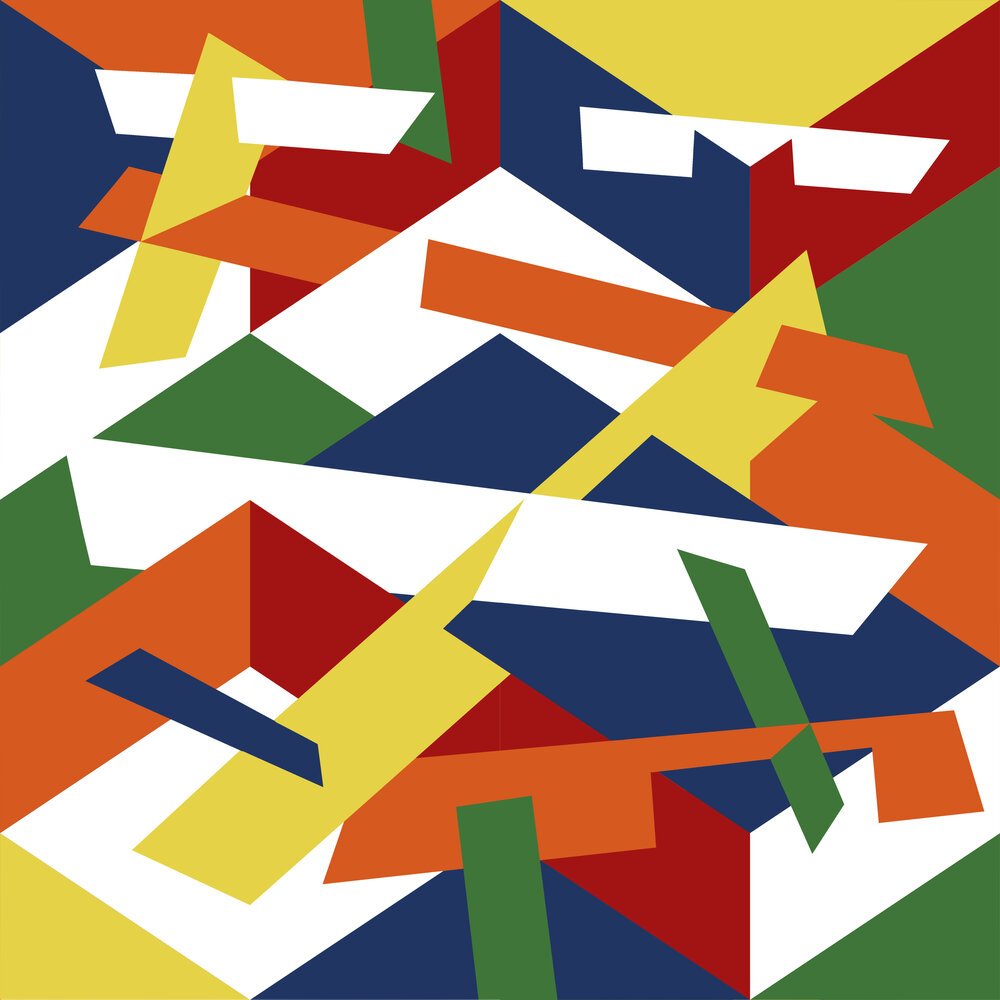Photography Stephen A'Court
The run-down!
David has been a practicing artist since 2006.
ADDRESS:
Studio #9
Toi Poneke Arts Centre
Wellington, NZ
CONTACT:
David H. Brown
Email: david@davidhbrownstudio.com
Mob +64 (0)21 0233 9702
About David
David grew up and went to school in Tauranga, New Zealand. Having a deep interest in human culture, he studied both Ancient History and Anthropology at the University of Auckland, graduating with an MA in Anthropology in 1997. After graduating and teaching English in Japan for a period, he moved to England working as an archaeologist from 2001 until returning to New Zealand in 2006, to pursue his art career. The life experience gained from his time abroad has been fundamental in laying the foundations for his future art practice. In 2014, he graduated with an MFA from Massey University.
David’s interests lie in using geometric art to present a socially aware narrative of human and animal coexistence. His art practice includes 2-dimensional and 3-dimensional works, and large-scale public artworks/murals within the Wellington area. He was the winner of the Wellington Regional Art Award in 2014 and received a merit in the NZ Painting and Printmaking Award in 2015. David has been short listed on numerous occasions for the NZ Painting and Printmaking Award, Parkin Drawing Prize, Wallace Art Award, and Wellington Regional Art Award.
About his Art
David’s art practice incorporates both formal and socio-conscious elements. Visually it is geometric, made up of paintings and 3-dimensional works. Formally the compositions are controlled by a hexagonal grid, often with intersecting shapes, and a highly considered colour palette. Farming materials such as Tail Paint, Leg and Tail Tape, Matingmark Crayons, twines, and fencing wires are also incorporated, using them both conceptually and materially.
These elements create a bridge, aiding in the discussion that delves into the complex and often contradictory relationship between humans, animals, and their shared environment. A hexagonal grid structure is often used, deriving from cages and chemical codes. These are abstracted to form fence and/or room like structures. More recently this grid has been reduced further to form maze-like compositions incorporating ideas centred on control and navigation. At times a gestural mark-making aesthic emotivily explores these pathways seeking new discoveries. Digital painting applications are used here and work in with the idea that there are other ways to build, live, and create, The shapes that are introduced are derived from isolated features within his 3-dimensional compositions and from relevant architectural features. The shapes probe, intersect and penetrate the structure of the grid to form a space which is at times optically tangible and then ambiguous. The colour selections stem from the material culture of the agricultural sector, the natural, and built environment. Their selection and placement are formally considered and applied from within the relevant research parameters.
In recent times worldwide climate change and the COVID-19 pandemic have strong links with the exploitation of animals. In New Zealand live animal export continues despite recent disasters. The way we treat animals is increasingly in the spotlight and has deep roots in New Zealand’s political and economic development. Arguably, the maltreatment of animals is a practice that is morally and ethically outdated. Yet it continues, so why?
David’s background in archaeology provides him with the knowledge to consider our current relationship with animals and look at this in respect to the prehistoric past and the developments and choices made by humans. For David, it is an art practice that self-examines human traits through a visual pragmatic poetry.
